by
Coagulopathy (also called clotting disorder and bleeding disorder) is a condition in which the blood’s ability to clot (coagulate) is impaired. Acquired hemophilia is a rare disorder characterized by spontaneous bleeding in a patient with no previous personal or family hemorrhagic history. The first chapter explores the challenges associated with this disease, its unfamiliarity often causing a delay in diagnosis and therapeutic approaches. The second chapter focuses on lower gastrointestinal bleeding (LGIB) in children, describing the epidemiology, etiology and clinical management. The third chapter reviews the pathogenesis, risk factors and treatment strategies of coagulopathy in patients with craniocerebral injury. The next article examines Vitamin B12 with its four cobalamin vitamers, which often play a role in coagulation. The next chapter starts with a description of the methodology of viscoelastic hemostatic assay, followed by a review of literature on the utilization of thrombelastography (TEG) or rotational thromboelastometry (ROTEM). Finally, the role of TEG and ROTEM to monitor or guide prophylaxis/treatment of thromboembolic events and the limitations of using them to detect hypercoagulability and identify patients with increased risks for thromboembolic complications are discussed. The final chapter of this book focuses on the use of fresh frozen plasma (FFP) in patients who are not actively bleeding, critically questions these assumptions in the context of pre-procedural administration of FFP, and also examines why carrying out high quality trails in this area has been so problematic. (Imprint: Nova Biomedical)
Product Details
- Hardcover: 121 pages
- Publisher: Nova Science Pub Inc (July 15, 2015)
- Language: English
- ISBN-10: 1634828305
- ISBN-13: 978-1634828307

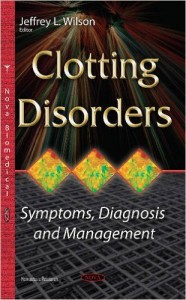
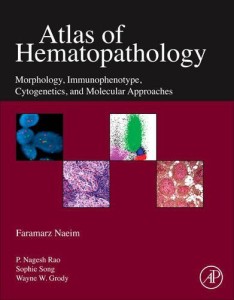
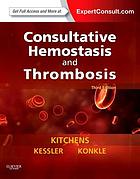
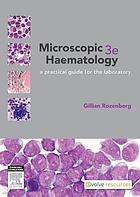
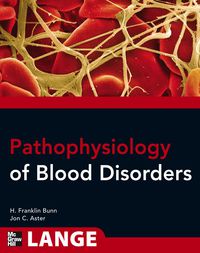
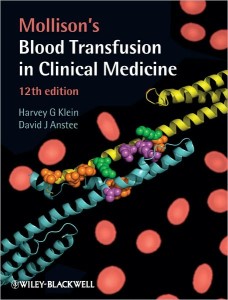
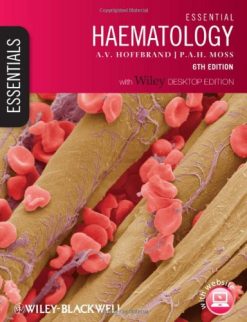
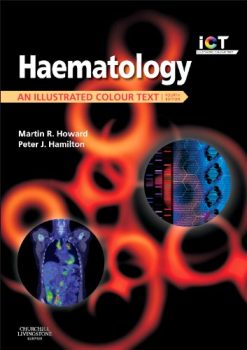
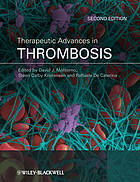
Reviews
There are no reviews yet.